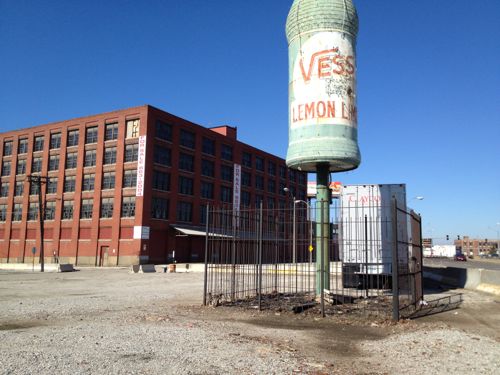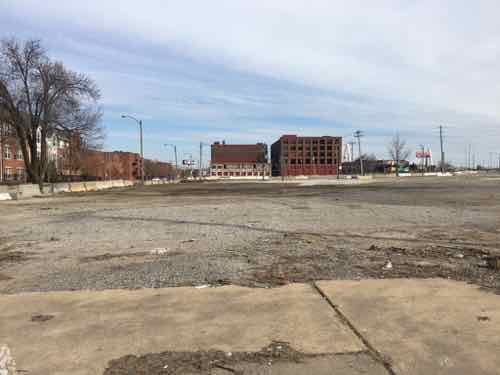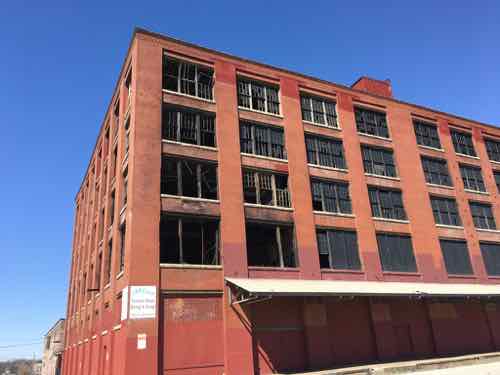Sunday Poll: OK With Legislators Introducing Bills To Make A Point
|
|

A Missouri legislator, Andrew McDaniel, recently made national news. Prior to the recent shooting in Christchurch New Zealand he’d introduced two bills in the Missouri house:
35 year-old Andrew McDaniel, a state representative from southeast Missouri, has received global attention for a bill he’s introduced called the “McDaniel Militia Act” that would require every person in the state between the ages of 18 and 35 to own an AR-15 semi-automatic rifle.
He also has a second measure, the “McDaniel Second Amendment Act”, that would require everyone over the age of 21 to own a handgun. (Source)
After the NZ shooting McDaniel’s bills got lots of attention.
McDaniel was forced to clarify that he didn’t — technically speaking — support his own bills, at least not as written.
He wants the tax credits for firearms purchases, but that part about requiring everyone to own a gun? It was a tactic to try to bait the left.
“I wanted the media and the other side to jump on it, to show that our Second Amendment rights are under attack,” McDaniel said. “I don’t actually support mandates, hardly ever.”
But he didn’t expect the national media to get involved, a development that has cast a harsh light on his efforts, he said, because of the timing of the mosque attacks in New Zealand. (Washington Post)
So today’s poll is NOT about his bills, it’s about introducing bills that have zero chance of passing…using them to bait others.
Today’s poll will close at 8pm.
— Steve Patterson








